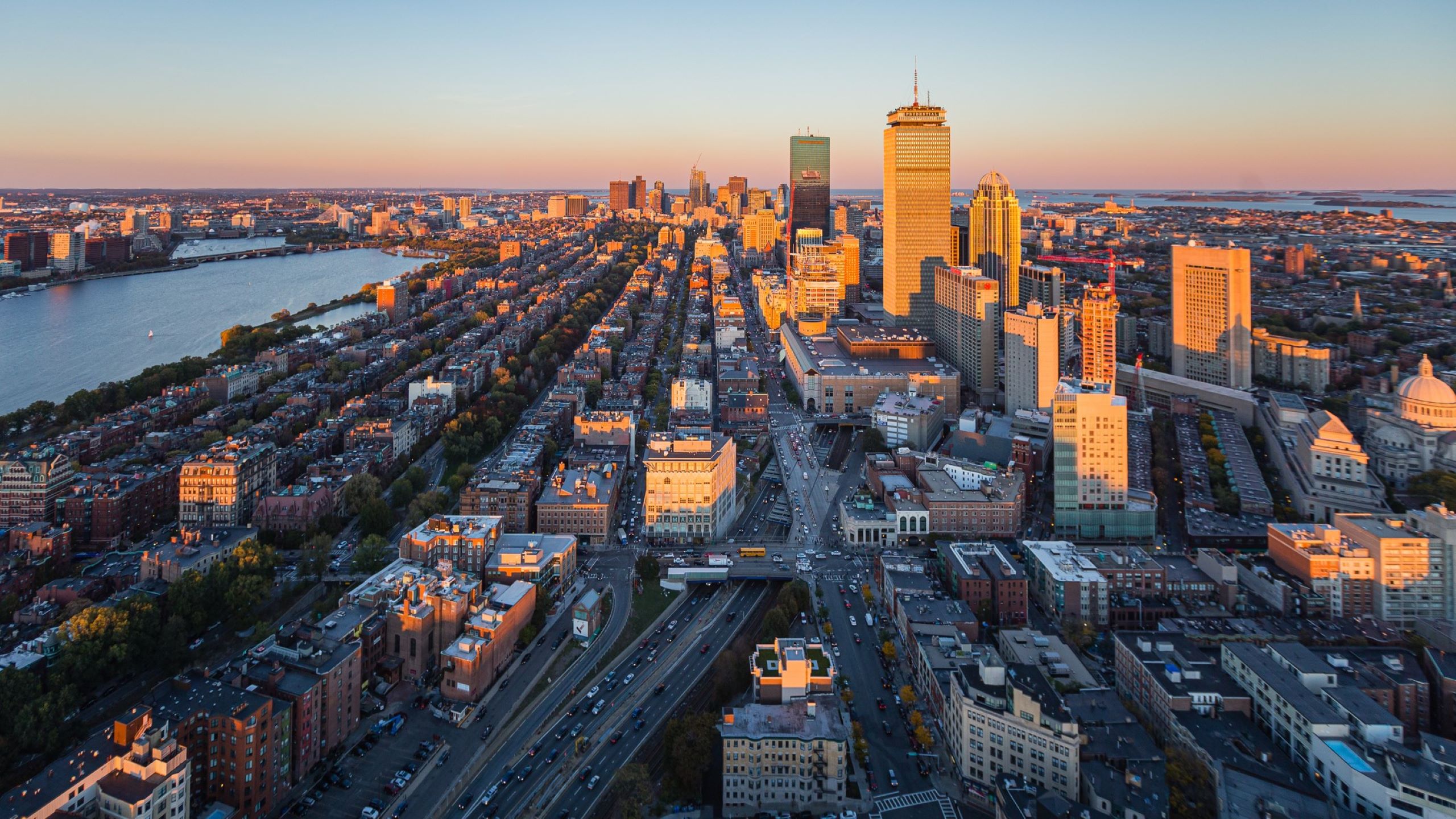Boston Is Using AI for Good to Fix Stop-and-Go Traffic

Let’s face it. Artificial intelligence isn’t as cool or as helpful as we thought it would be. Instead, AI’s been a bit of a nuisance. Initially, we were concerned with losing out on jobs. But how many of you now add “Reddit” to the end of an internet search entry? Or have received incorrect drive-thru orders from both humans and machines? Or suck even more at video games? Boston, however, seems to have cracked the AI code because the city’s traffic congestion and emissions have decreased since getting the learning machine involved.
Using AI software, the city has been able to analyze traffic patterns and signal timing data from hundreds of intersections within Boston’s borders. Engineers from the Boston Transportation Department then implement the software’s recommendations to optimize traffic flow.
According to the mayor’s office, the signal lights have been tweaked at four intersections in the Fenway-Kenmore, Mission Hill, and Jamaica Plain neighborhoods. In a statement, city officials noted a 50% reduction in stop-and-go traffic at two notable intersections: Huntington Avenue & Opera Place, and Armory Street & Green Street. The former is a busy corridor that sees automobile and train traffic and bisects a university; the latter is farther out but near parks, businesses, and a transit center.
NBC News
Even though the area is home to renowned researchers MIT and Boston Dynamics, this AI traffic project is a partnership with Google Research’s Green Light project. Using AI and Google Maps, the system measures everything that might affect a city’s driving flow, including traffic light wait times, vehicle speeds, stop-and-go patterns, etc.
The research data is then used to create an optimization plan for improving traffic movement while also decreasing emissions. Worldwide, Green Light city partners have experienced a 10% reduction in emissions due to less waiting and idling time.

Google
Because Green Light is in its research phase, the service is free to partner cities with no additional software or equipment required. Although a globally available transportation program, only two U.S. cities are currently research partners: Boston and Seattle.
In Boston, the impact is already noticeable—in a good way.
“It provides our traffic engineers with important data to tweak a signal by seconds, which can help reduce congestion along a corridor,” said Jascha Franklin-Hodge, Boston’s chief of streets. (Yup, that’s a real title within the Boston Public Works and Department of Transportation.)
The city is hopeful that the early benefits will continue to grow as more traffic data is collected and the program expands.
“It comes with a lot of customization and a real human analysis,” said Stacey Thompson, executive director of the Liveable Streets Alliance. “But even having that starting point helps us target in a much more effective way.”
Source: www.thedrive.com






